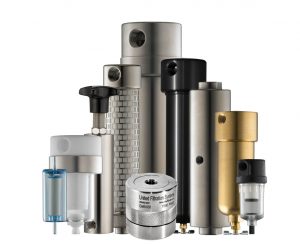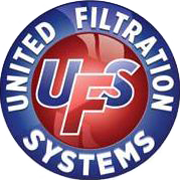 Our wide range of filter housing and element combinations enable us to supply the most suitable product for your application and specifications.
Our wide range of filter housing and element combinations enable us to supply the most suitable product for your application and specifications.
To select the correct filter housing the following information about the application is required:
Questions:
1. Maximum Pressure
2. Maximum Temperature
3. Chemical & Physical Composition of the Stream
Items 1, 2, and 3 will determine the materials of construction of the filter housing, including the element and gaskets. Filter housings are available in a wide variety of standard and exotic materials to ensure there is a product for even the most demanding applications.
4. Type of Filtration Required: Particulate, Coalescing, Bypass, Fast Loop, Liquid-Liquid, Vacuum Inlet or Exhaust
Item 4 will determine the configuration of the housing, one port for inlet filters, two ports for in-line housings and three ports for coalescing, bypass or fast loop housings. Liquid-liquid housings may have variable designs based upon #9. Vacuum inlet filters generally have two ports, whereas, exhaust units have three for coalescing.
5. Contaminant To Be Removed
6. Maximum Flow Rate
7. Line Size And Port Type
8. Level of Filtration Required
9. Relative Importance of Cost, Response Time, Ease of Service, and Interval
Items 5, 6, 7, 8 and 9 will establish the most appropriate size of filter. This is generally a compromise between those factors favoring a small filter (fast response time, smallest space requirement, lowest cost) and those factors favoring a large filter (long service intervals, low pressure drop).
= YOUR FILTER SOLUTION
The exact choice will therefore depend on the relative importance of these factors in each particular application.
For more details please feel free to contact our sales team at (586) 802-5561 or email Dirk Loveland (dirk@unitedfiltration.com), or Aaron Garvin (aaron@unitedfiltration.com).
